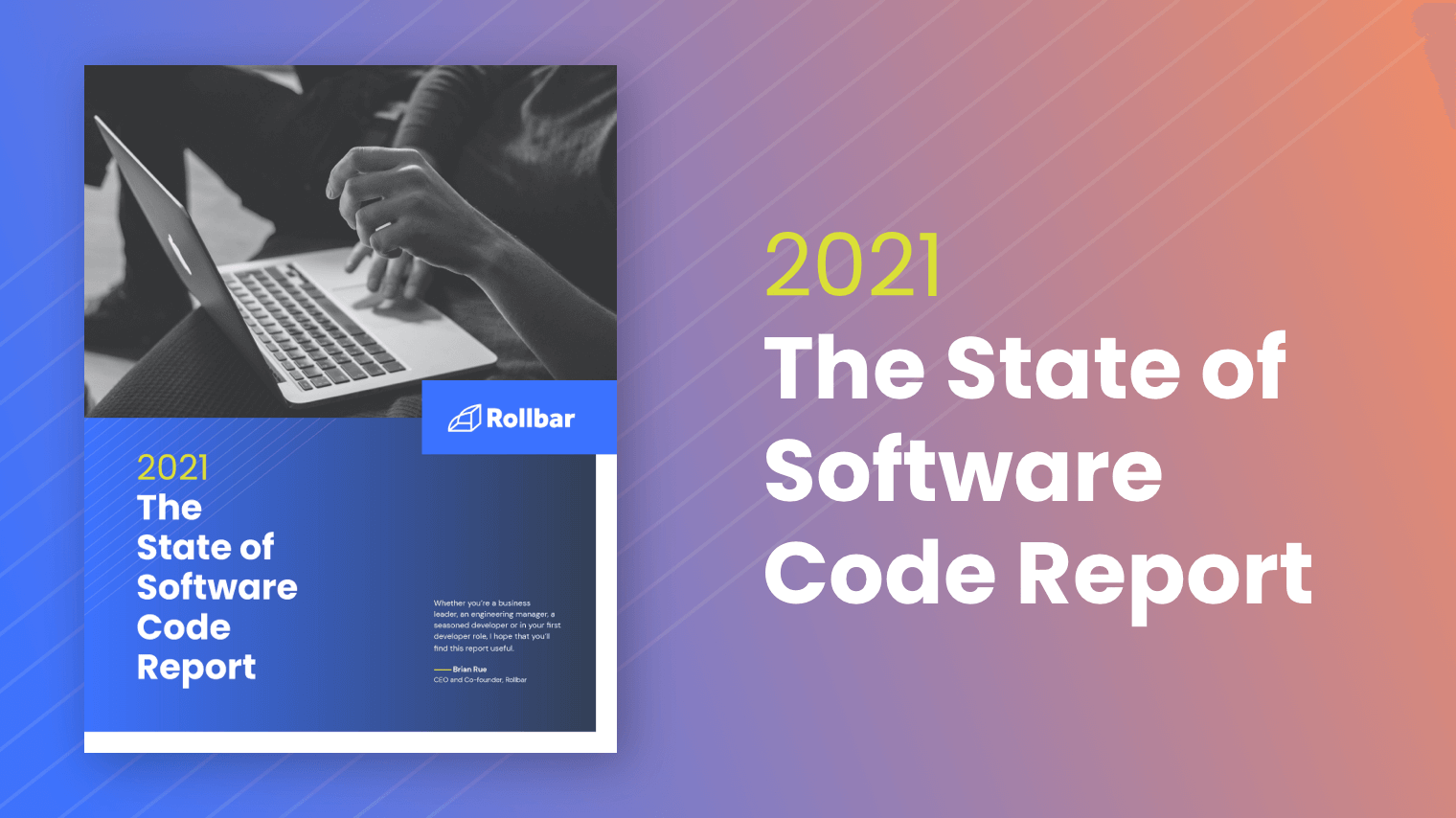When Cory Virok and I started Rollbar in 2012, we knew something was lacking in how software was being built. Developers continue to get better everyday at building applications — the widespread adoption of microservices architectures and open source are evidence of this. But, we realized something was still holding us back. And that was how we track and fix bugs.
We both personally felt the pain of spending hours, days, or even weeks investigating issues, combing through logs, to not just figure out how to fix a bug, but to figure out what the bug was. We had application performance monitoring (APM) tools but they only told us the health of our system and infrastructure. The rise of observability is helpful to gain that systematic insight as software becomes more complex. But we didn’t need to understand the health of our systems, we needed to know where our code was broken.
I knew we weren’t the only developers lacking that insight, and I know that pain is still felt in companies, large and small, today. That’s why I’m excited to share our first “State of Software Code Report” that provides insights into the current state of how developers are building software and dealing with the inevitability of bugs and errors.
We surveyed nearly 1,000 developers across the U.S. to find out and uncover key trends and insights, including:
- Traditional Error Monitoring Falls Short. Nearly every developer surveyed responded that traditional methods fall short. They’re spending too much time manually investigating and responding to errors. They’re not getting the information they need to remediate them quickly. And the tools available are too focused on system stability instead of code health. Plus, users are often the ones reporting issues. This is creating significant business problems, including the risk of losing users.
- Too Much Time Is Spent Manually Fixing Errors. A serious pain point from those surveyed is that they’re spending too much time on errors. A majority said that, instead of fixing bugs and errors, they could be building new features and functionality. A significant amount also say that they spend up to half of their week fixing errors. It’s forcing developers to be less productive, while also affecting their happiness in their roles.
- Fixing Errors & Bugs Is Slowing Deployments. Nearly every engineer surveyed said they could be deploying updates more often, but they’re not able to. The biggest reason is because QA and testing takes too long. So, despite more investment in making sure everything works correctly, developers are not only reporting it’s slowing them down, they report that issues still happen and, as noted above, traditional methods for fixing those problems fall short.
Whether you’re a business leader, an engineering manager, a seasoned developer or in your first developer role, I hope that you’ll find this report useful.





